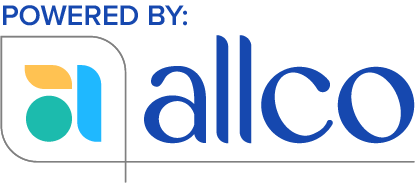Browse by Category
Search by service type for resources.
Building and Safety
Local government offices that administer and enforce building code statutes which provide minimum standards for homes, office buildings and other structures and help to ensure through a rigorous permitting and inspection process that buildings within the jurisdiction are safe and sanitary. Building codes regulate all aspects of construction projects including the structural design of buildings, sanitation facilities, environmental control, ventilation, light and building materials; and apply to new structures, renovations, demolitions and relocations as well as sheds and other storage structures, walls, fences, decks and swimming pools.
Graffiti Removal
Organizations that provide labor and/or supplies to paint over or remove inscriptions, designs and other markings that deface buildings, walls, rocks and other artifacts or natural structures.
Land Use Planning and Regulation Bodies
State, regional and local government planning offices, commissions or committees that are responsible for enacting legislation that provides a legal framework for land development throughout the jurisdiction; developing regional or local general and specific/area plans for land use within their regional or local area; developing zoning ordinances, subdivision regulations and other land use controls; holding hearings which ensure proper public input to planning and development decisions; and reviewing and ruling on requests for zoning alterations and other variances from established land development ordinances.
Land Use Planning and Regulation Services
Programs that are for responsible researching, establishing, maintaining and overseeing the implementation of general and specific/area plans for land use at regional, county, city and community levels; ensuring an appropriate level of community input during the planning process; regulating the current and future use of public and private lands through the establishment and enforcement of zoning regulations and other land use controls; and reviewing and ruling on requests for zoning alterations and other variances from established land development ordinances.
Public Parking
Programs that are responsible for ensuring the availability and safety of adequate parking facilities for community residents. Activities include planning, developing and controlling the use and maintenance of metered parking, parking lots and garages; providing attendants, guards and meter monitors; maintaining equipment (e.g., meters, bicycle racks and elevators); and developing and implementing procedures for enforcing parking codes.
Street Furniture
Programs that install and maintain roadside fixtures such as lamp posts, pedestrian lighting, street lights, traffic signs, direction signs, road nameplates, mailboxes, bus shelters, benches, trash receptacles, bicycle racks, newspaper boxes, water fountains and planters, generally in areas of a community where there is a high volume of pedestrian traffic.
Street Maintenance
Programs that are responsible for maintenance and repair of streets, highways, bicycle paths, bridges, pedestrian overpasses and other public byways; placement and maintenance of pavement markings; curb and gutter repair; sidewalk repair; leaf and debris removal; street cleaning; street salting; snow removal; roadside landscape maintenance; roadside rest stop amenities; removal of traffic and pedestrian obstructions; and other similar street-related services.
Traffic Related Services
Programs that seek to provide safe and efficient access to destinations by regulating the speed, direction, volume and flow of traffic.
Waste Management Services
Programs that are responsible for the collection, separation, storage, transportation, transfer, processing, treatment and environmentally safe disposal or recycling of solid and liquid waste materials that are produced by households, businesses and industry.
Waterway Maintenance
Programs that are responsible for developing, restoring and otherwise maintaining rivers, canals, channels and other public waterways that are used for shipping and recreation.

Can’t Find What You Need? Dial 2-1-1.
Speak with a live, highly trained professional in your area. All calls are confidential.
Accessible 24/7
Accessible 24/7






